Generations of Wireless Communication Technology:
Here you can find different Generations of Wireless Communication Technology started from 0G to 5G. Wireless telephones started with 0G (zero generation) systems, which became available after World War II. Mobile telephones were usually mounted in cars or trucks, briefcase models were also made. Technologies used in 0G systems included MTS (Mobile Telephone System), IMTS (Improved Mobile Telephone Service), AMTS (Advanced Mobile Telephone System) etc.
First Generations Technology : 1G Technology
In 1979, the first cellular system in the world became operational by Nippon Telephone and Telegraph (NTT) in Tokyo, Japan.
First-generation mobile systems used analog transmission for speech services. In a few years, cellular communication spread to other parts of the world too- reaching Europe in 1981 and the USA in 1982.
Advantages of 1G Technology :
- Use of multiple cell sites.
- Ability to transfer calls from one site to the next site.
- Allowed voice calls in one country.
Limitations of 1G Technology :
- Poor quality of voice.
- Poor life of battery.
- Size of the phone was very large.
- No security. Capacity was limited.
- Poor handoff reliability.
Second Generations Technology : 2G Technology
Second generation of mobile telecommunication was launched in Finland in 1991. It was based on the GSM (Group Special Mobile) standard.
It enables data transmission like text messaging (SMS – Short Message Service), transfer of photos or pictures (MMSMultimedia Messaging Service), but not videos.
The family of this technology includes 2.5G and 2.75G. 2.5G stands for “second and a half generation.” It is a 2G-systems that have implemented General Packet Radio Service (GPRS).
2.75G is also called “Enhanced Data rates for GSM Evolution”. It allows the clear and fast transmission of data and information.
Advantages of 2G Technology:
- Text messages, image messages, SMS and MMS are all possible.
- Signals are digitally encoded, which increases speech quality and lowers line noise.
- Improved Spectrum Efficiency, Enhanced security, better quality and capacity.
- Voice and data service.
- Framework cap has been increased, as well as network coverage.
Limitations of 2G Technology:
- Unable to handle complex data such as video.
- Requires strong digital signals.
Third Generations Technology : 3G Technology
The third generation was first released in the early 2000s. 3G technologies enable network operators to offer users a wider range of more advanced services.
Services include wide area wireless voice telephony, video calls, and broadband wireless data, all in a mobile environment. The family of this technology includes 3.5G and 3.75G. 3.5G is also called High-Speed Downlink Packet Access.
It provides a smooth evolutionary path for 3G networks allowing for higher data transfer speeds. 3.75G is also called high speed uplink packet access (HSUPA). It is an enhanced form of the 3rd G network that includes high speed packet access plus (HSPA+).
Advantages of 3G Technology:
- Streaming audio and video have been improved.
- Several times faster data transmission.
- Can deliver speeds of up to 3Mbps.
- Multimedia applications such as video and photography are supported.
- Higher-speed, web WAP browsing and more security.
- Broadband with Large Capacity.
- Global Positioning System, mobile television, phone calls, and live video conferencing are examples of value-added services.
Limitations of 3G Technology:
- Costly.
- Requirement of high bandwidth.
- Expensive 3G phones.
- Size of cell phones was large.
Fourth Generations Technology : 4G Technology
4G wireless systems are a packet switched wireless system with wide area coverage and high throughput. It is designed to be cost effective and to provide high spectral efficiency.
The 4G wireless uses the technique of Orthogonal Frequency Division Multiplexing (OFDM), Ultra Wide Radio Band (UWB) and millimeter wireless.
4G refers to all-IP packet-switched networks, mobile ultra-broadband (gigabit speed) access and multi-carrier transmission.
The word “MAGIC” also refers to 4G wireless technology which stands for Mobile multimedia, Any-where, Global mobility support, Integrated wireless solution and Customized services.
Advantages of 3G Technology:
- High Speed, more security, high capacity.
- Access to the internet, streaming media, and video conferencing with ease.
- Exceptional spectral efficiency.
- Provide any type of service to users at any time and in any place.
- High quality of service and low cost per bit.
Limitations of 3G Technology:
- Uses more battery.
- Difficult to implement.
- Expensive equipment is required.
Fifth Generations Technology : 5G Technology
In 5th Generation wireless systems, customers benefit from ultra-fast internet and multimedia experiences.
5G technology transmits data using millimeter waves and unlicensed spectrum to achieve higher data rates.
5G performance targets high data rate, reduced latency, energy saving, cost reduction, higher system capacity, and massive device connectivity.
Machine to machine communication can be possible in 5G. It performs Internet of Things (IoT) for smart home and smart city, connected cars etc.
Advantages of 5G Technology:
- Data transmission is faster than in previous generations.
- Global connectivity and service portability are provided by 5G technology.
- Wide broadcasting bandwidth up to Gigabit, supporting approximately 75,000 simultaneous connections.
- Large phone memory, quick dialing, and audio/video clarity.
- A high-speed, high-capacity system that allows for large-scale data broadcasting at Gbps.
Limitations of 5G Technology:
- Obstructions can impact connectivity.
- Weakening of gadget batteries.
- Cybersecurity.
- Lack of encryption.
- Upload speeds do not match download speeds.
Also Read:
Internet of Things (IoT) Device, Working and Benefits
Quantum Computing Principles, Algorithms and Application in details

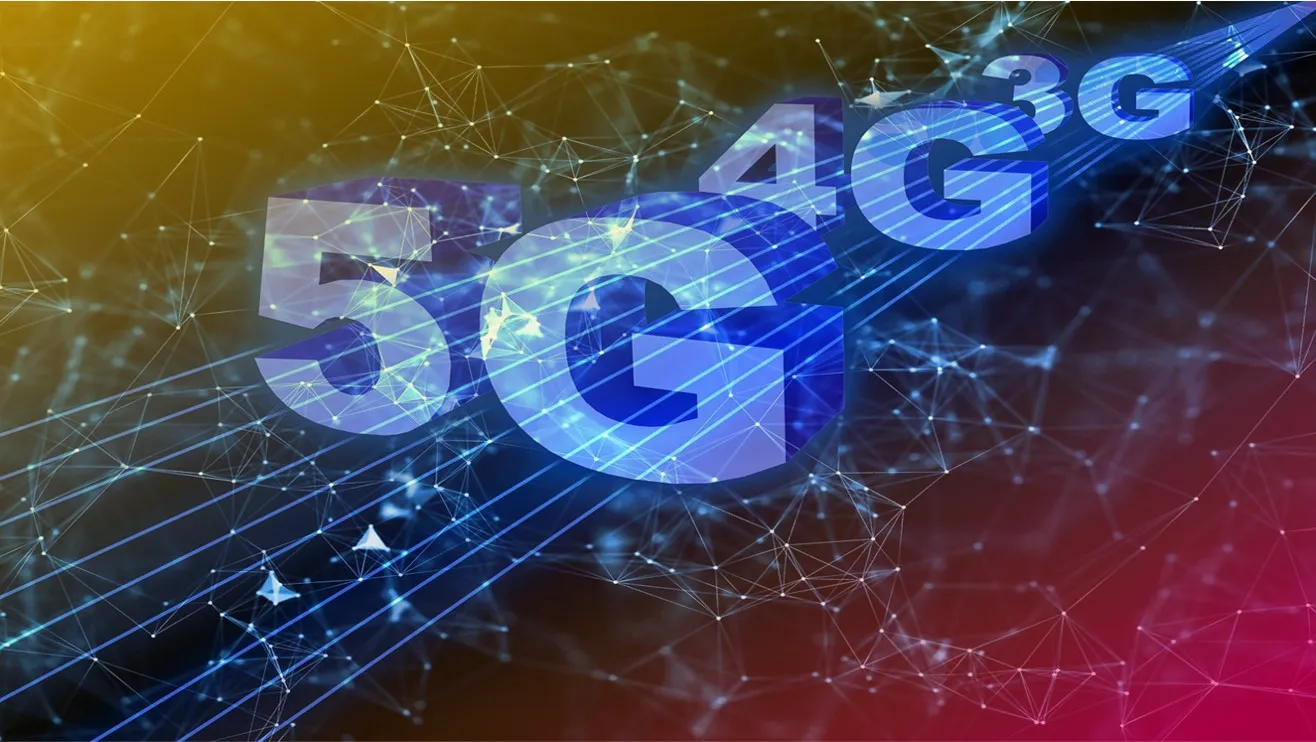

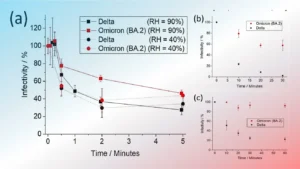

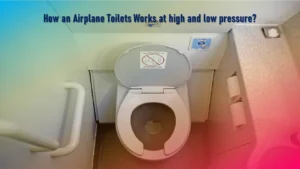
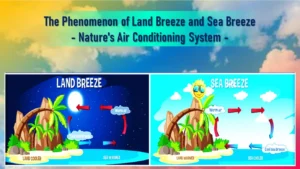
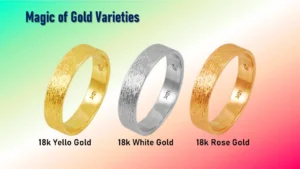

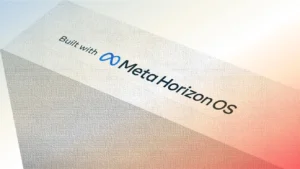
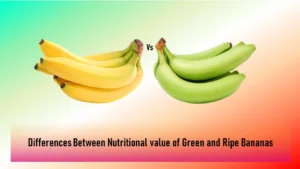
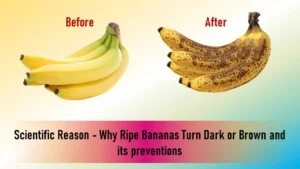
2 thoughts on “Different Generations of Wireless Communication Technology”